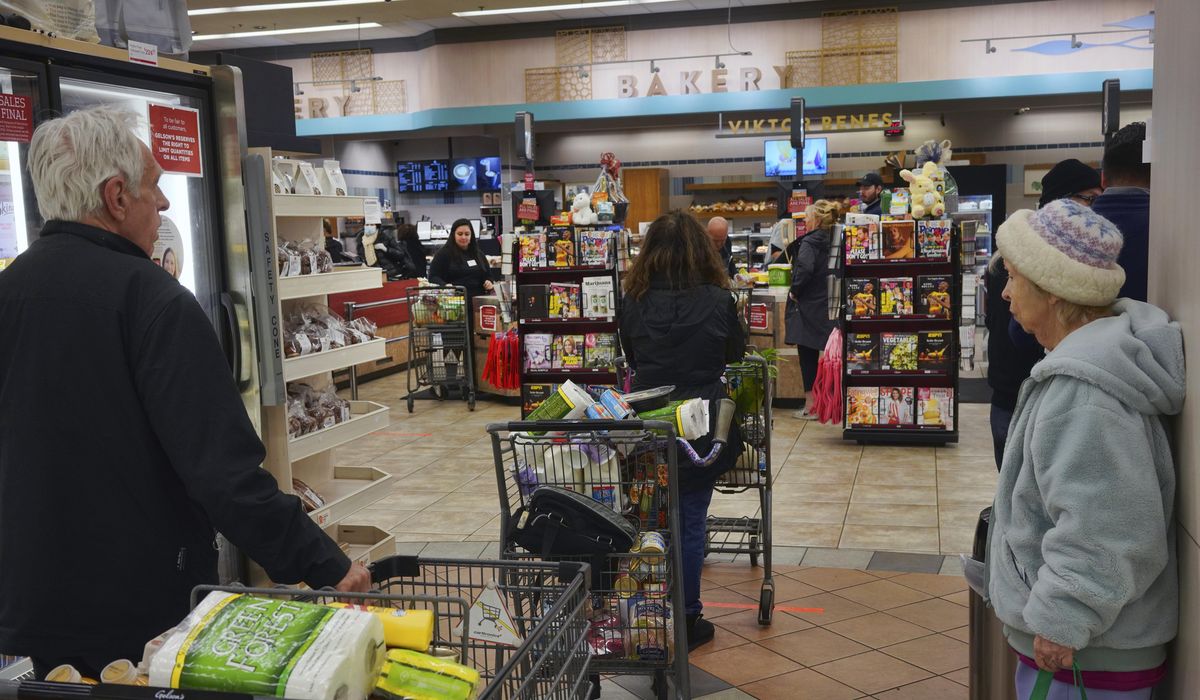


A majority of consumers at American grocery stores believe that “shrinkflation,” which is when an item is reduced in size with the same price as before, is a common practice.
Purdue University’s Center for Food Demand Analysis and Sustainability surveyed 1,200 U.S. shoppers and asked whether shrinkflation was a common practice.
A 43% plurality said they strongly agreed, another 39% said they somewhat agreed, with 5% disagreeing and 13% saying they neither agreed nor disagreed.
Consumer sentiments around shrinkflation were largely negative. Many said that companies engage in shrinkflation to boost profits even when their costs are not rising — 40% of respondents agreed strongly and 36% somewhat.
A majority of customers also want shrinkflation labeling to be mandatory, with 40% strongly agreeing that companies should be required by law to inform customers on the packaging that the size or quantity of a product has been reduced and 34% somewhat agreeing.
When asked whether they trusted brands that practiced shrinkflation less, 32% strongly agreed and 35% agreed somewhat. Over half of the respondents said they would change the brand of products they buy if they noticed shrinkflation, with 20% agreeing strongly and 39% somewhat agreeing with that sentiment.
When asked if shrinkflation was acceptable because it reduces the amount of calories they consume, 32% disagreed strongly, 24% disagreed somewhat, 21% neither agreed nor disagreed, 15% agreed somewhat and only 7% of respondents agreed strongly.
Despite their animus towards shrinkflation, customers found that price differences were more noticeable than quantitative or size differences while at the grocery store, with 28% agreeing strongly and 46% agreeing somewhat.
Among consumers that did notice shrinkflation, 78% said they saw it in snack foods, 53% saw it in packaged desserts and other sweets and 48% noticed it in frozen food products.
But when asked whether they would rather pay the same price for a lower quantity, i.e., accept shrinkflation, than have to pay more for the same quantity, the respondents were more sharply divided.
Just 12% agreed strongly that they would prefer shrinkflation to the alternative, while 27% agreed somewhat. That 39% share was only a bit larger than the 32% who disagreed with preferring shrinkflation (12% strongly; 20% somewhat). The other 29% neither agreed nor disagreed with a preference for shrinkflation.
• Brad Matthews can be reached at bmatthews@washingtontimes.com.
